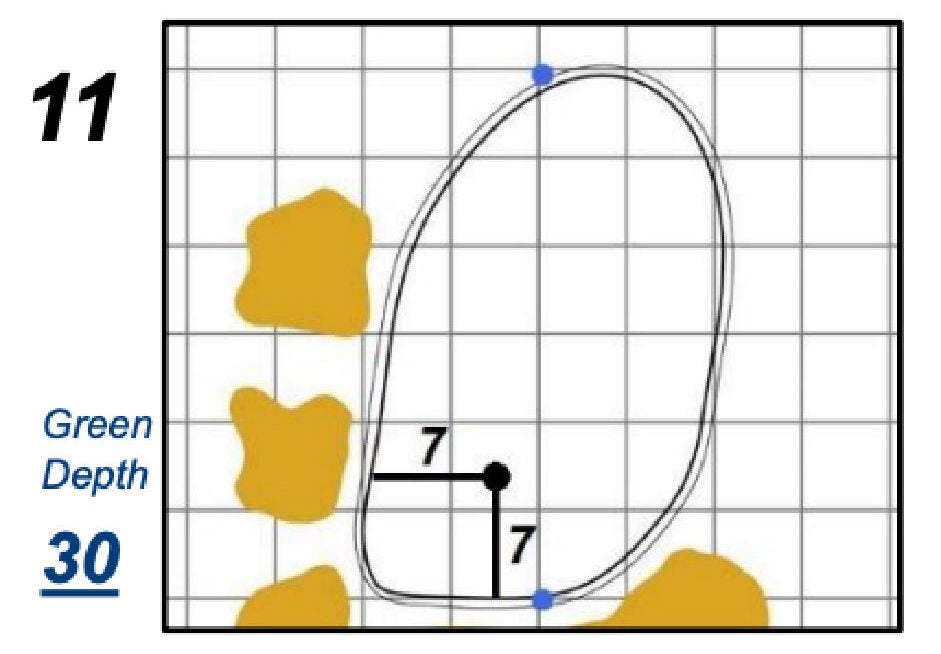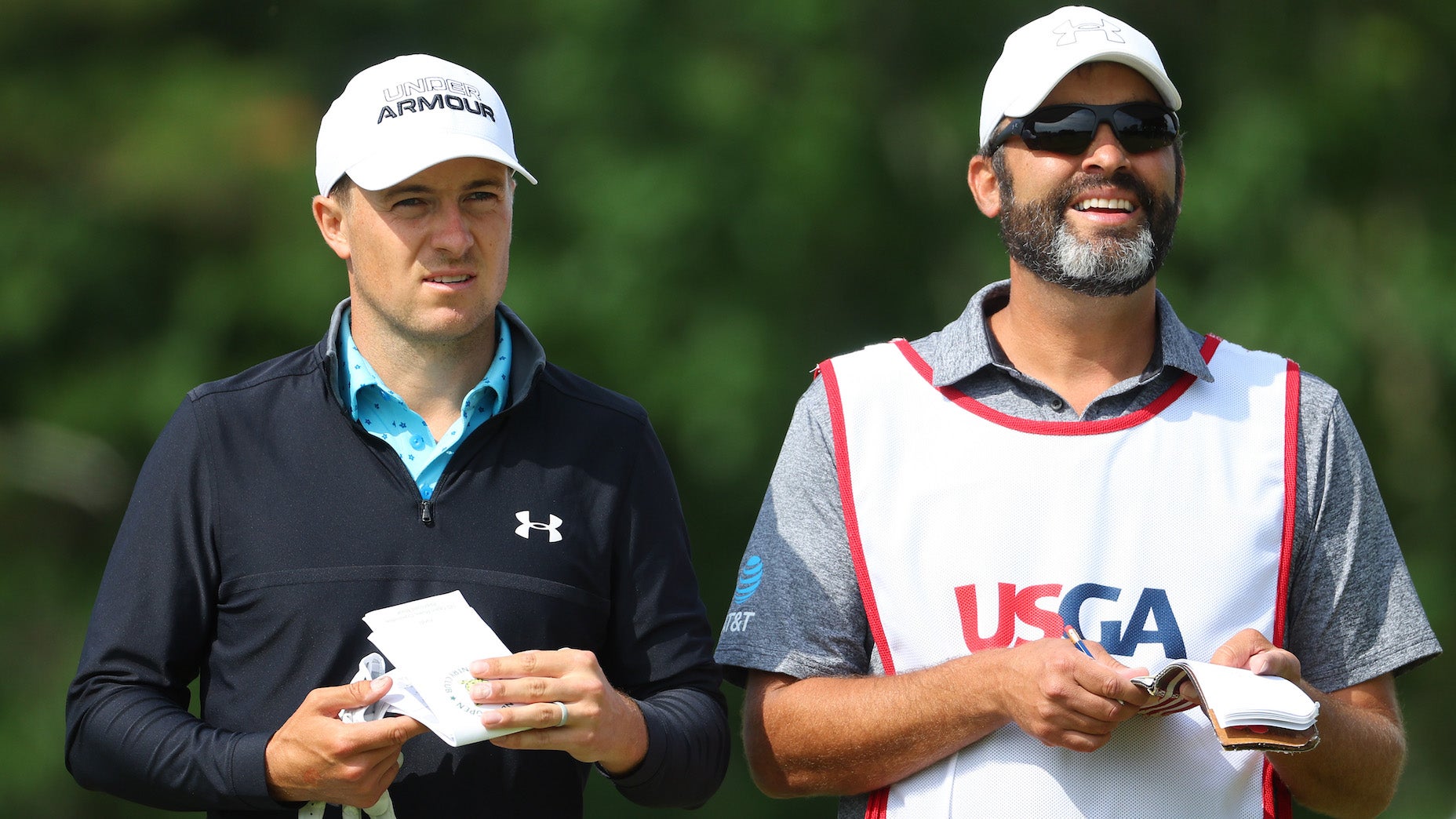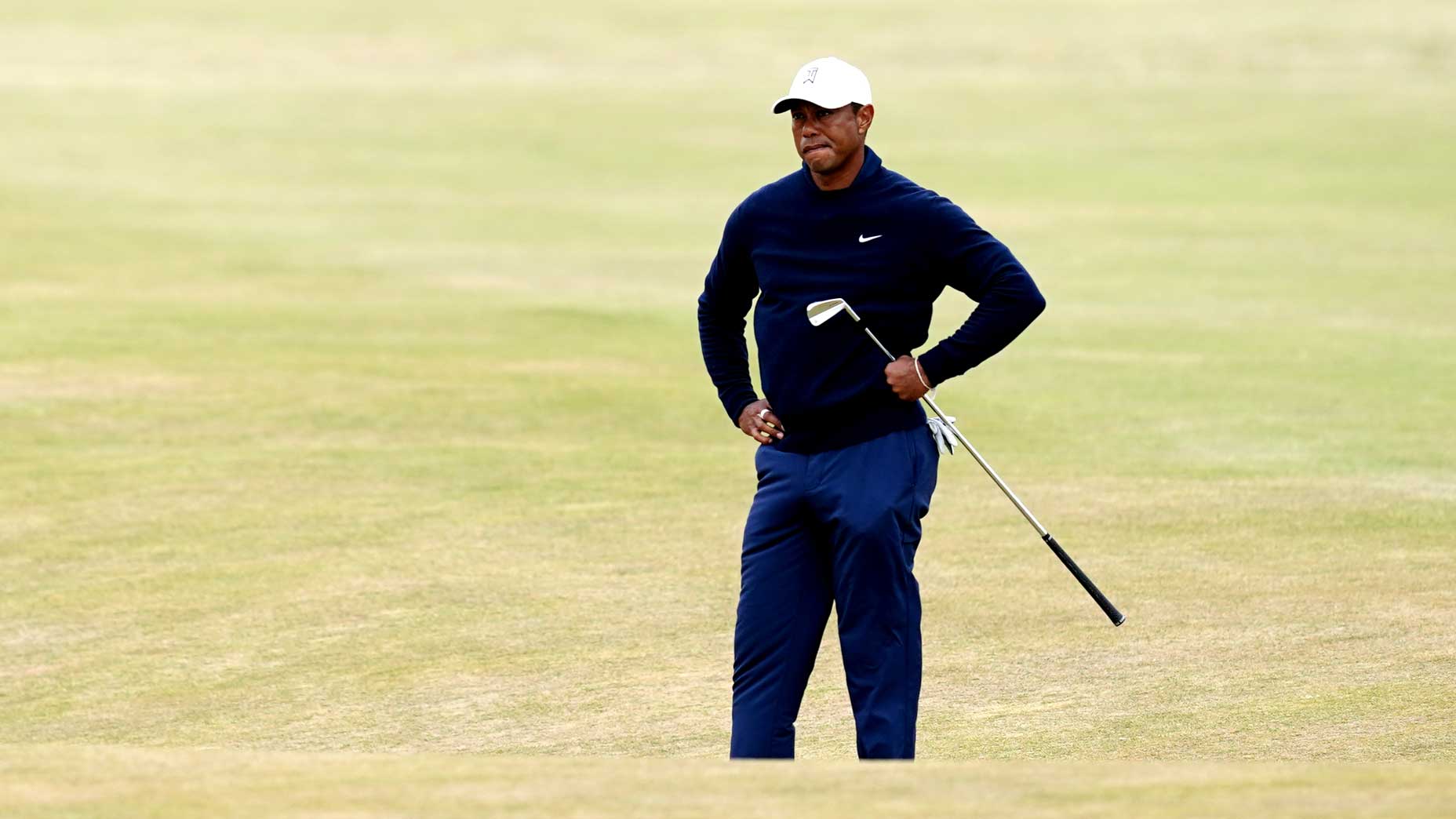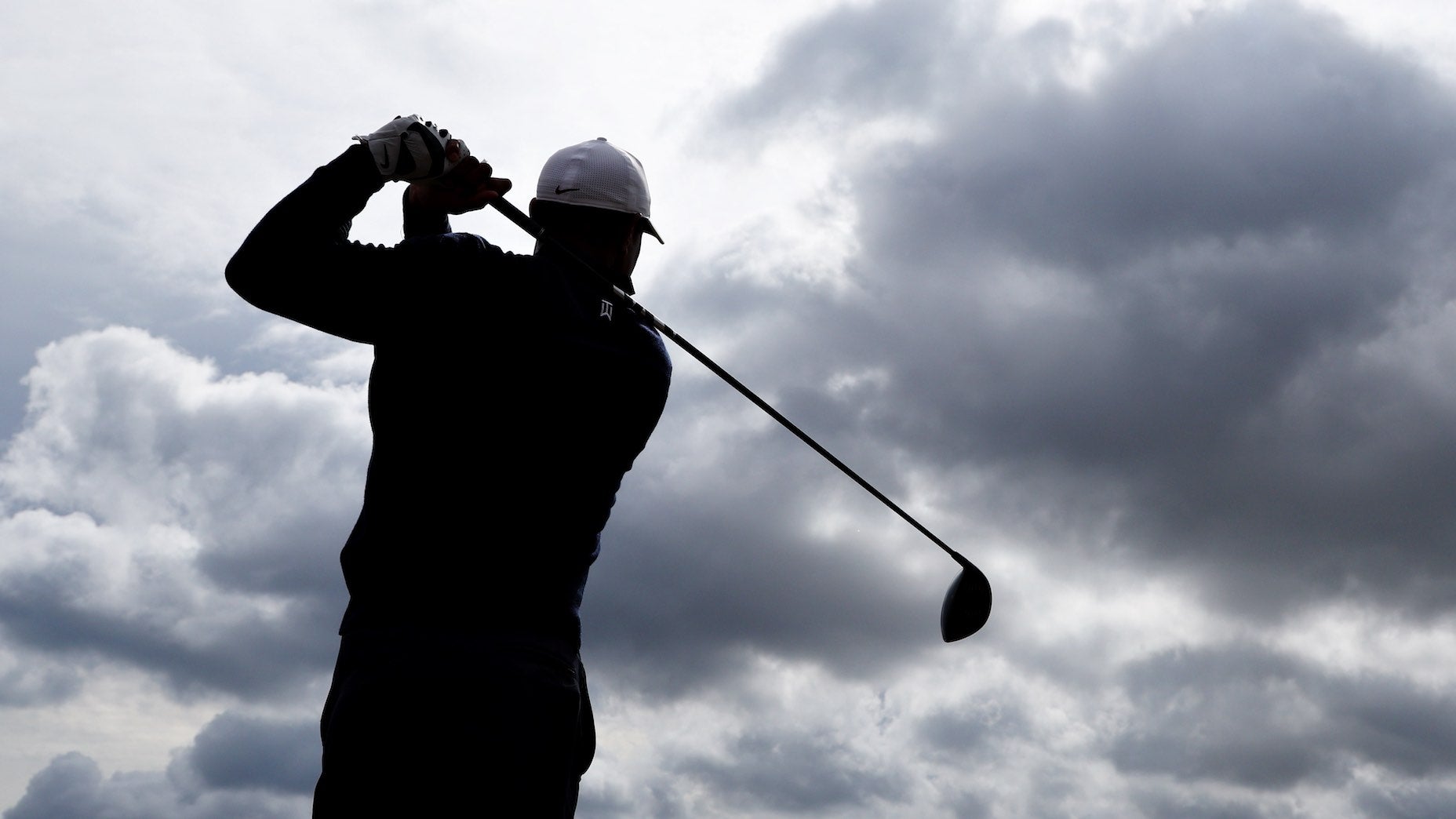GOLF has partnered with CDW to explore how the world’s best golfers develop secure game plans for major championships.
***
BROOKLINE, Mass. — Before each round of every major championship, tournament officials will share that day’s pin positions. It’s a subtle swansong that serves as the culmination of years of hard work from the men behind the scenes.
“The hole locations are not going to be picked tomorrow, they were picked a year ago using all of the equipment and technology that they use to consider the slopes,” course architect Gil Hanse, who oversaw the redesign at The Country Club, said at a Rolex event earlier this week. “There is a ton of thought that goes into it. I have great admiration for the setup guys.”
Brookline on a Friday 👍
— U.S. Open (@usopengolf) June 17, 2022
Here are the hole locations ⛳️ for Round 2 of the 122nd #USOpen at The Country Club. pic.twitter.com/t6uCf13HxD
It’s interesting, then, looking at that document how little you’ll find about the pin specifically. What you’ll find instead is the green charted onto a grid. Each square of that grid represents five yards, and the location of the pin that day is plotted relative to a blue dot at the front of the green along with a line off the nearest edge.
That blue dot is the yardage to the front of the green, which players, coaches and caddies call the “cover” number. It’s the number pros care about more than any other when hitting their approach shots, explains GOLF Top 100 Teacher Boyd Summerhays.
“The cover is the really important number,” says Summerhays, who works with Tony Finau and Taylor Gooch, among others. “Players and caddies will get their cover number on every shot.”
Why pros care about ‘cover’
Pros will get the number to the pin — the “actual,” they’ll usually call it — but they care more about the number it takes to “cover” the front of the green because it represents their overall margin for error. What’s their worst case scenario, the absolute shortest they can still hit their ball, and have it still land on the green?
“The [cover] is a number players know they absolutely need to hit their shot,” Summerhays says. “The number to the back is the number that … they want to know what that gap is.”
Cover numbers are important every week, but especially at the U.S. Open. Approach shots won’t one-hop-and-stop here like in regular tour events, so players will play more to their cover numbers knowing their ball will skip deeper onto green after it lands.
RIGHT AT IT 👀@Samburns66 | #USOpen pic.twitter.com/pDrEiJOpbl
— U.S. Open (@usopengolf) June 17, 2022
The Country Club’s short par-3 11th hole on Thursday was a prime example of the importance of cover numbers. Here’s how the key numbers broke down during their first round:
- The hole was 122 yards to the middle, which caddies calculate using on-course yardage markers.
- Their cover number was 107 yards (the length to the middle, minus half the green depth).
- The pin sheet shows the pin is seven yards on from the front of the green, which means the actual number to the pin was 114 yards (the cover number plus pin sheet number)
- The number to the back of the green was 137 yards (the length to the middle, plus half the green depth).

Taken together, the goal for players was clear: Hit your ball at least 107 yards, and absolutely no more than 137 yards. If players wanted to go pin-chasing, as most did on this hole Thursday, they needed to hit their ball between their 107 yard cover number and your 122 yard middle number.
The cover number is essential to making both decisions. It’s what players understand as their margins for error, and compute their risk and reward.
We all know what a great shot looks like: A striped iron shot, flying the perfect distance right at the pin. But there are only so many of those to go around, especially during U.S. Open week. The trophy will be won this week not by the great shots, but making sure you’re alright shots end up in good spots. And to do that, players need to ask themselves a simple question.
What does it take to cover?




